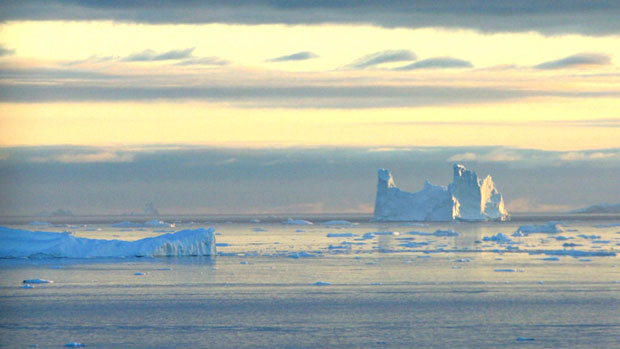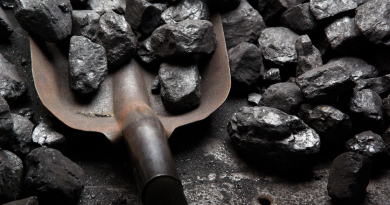New study to examine mercury in Arctic

Mercury streaming into the atmosphere from industrial operations in southern latitudes poses risks to the Arctic ecosystem, scientists have long warned.
Now a four-year, National Science Foundation-funded study is being launched to better understand the fate of atmospheric mercury that drifts over the Arctic.
The study, by scientists from the Desert Research Institute in Reno, Nevada, and the University of Colorado’s Institute of Arctic and Alpine Research, will use what researchers hope will be two years of uninterrupted data collected at the Toolik Field Station on Alaska’s North Slope.
Past research at the Toolik station, a research site operated by the Institute of Arctic Biology at the University of Alaska Fairbanks, suggests that something unusual is happening to the mercury carried by atmospheric currents to the skies over the Arctic, said researcher Daniel Obrist of the Desert Research Institute, the study’s principal investigators.
How the Arctic stores mercury
In lower latitudes, up to half of the mercury absorbed into the ground winds up being emitted back into the atmosphere, he said. But that percentage appears to be lower in the Arctic, he said. The Arctic snowpack seems to be holding onto gaseous mercury, meaning there is potential for release into the ecosystem when snow melts.
“What’s the dynamic, what’s the chemistry that goes on with mercury transfer in Arctic snowpack?” Obrist said.
The project calls for data to be collected at least every month for two years. To understand this mercury cycling, such continuous data and year-round data is needed, he said.
The research team plans to be at the Toolik station in August and September to set up the project. Ultimately, there will be measuring devices in the soil, above the soil and, once it arrives, in the snow and above the snow, he said. The project includes “very detailed soil studies,” he said. “We don’t know very much about mercury in Arctic soil,” he added.
The levels of atmospheric mercury have increased three- to five-fold since the start of the Industrial Revolution, and most modern atmospheric mercury comes from coal burning, Obrist said. Very little is produced in the Arctic, yet the Arctic could suffer ill effects, he said. A lot of people and wildlife depend on fish, in which mercury can accumulate, he noted.
Changes in Arctic Russia
The story of mercury in the Arctic is complicated, and regional differences are emerging. One new study shows potential good news — a possible drop in mercury levels in at least one part of Arctic Russia.
That study, published in the Dec. 20 issue of Environmental Science & Technology, found that mercury concentrations in burbot fish in Russia’s Lena and Mezen Rivers declined at an annual rate of 2.3 percent, while levels in the same fish in the Mackenzie River Basin have increased at annual rates ranging from 2.2 percent to 5.1 percent. The study authors suggested that mercury emissions into that part of the Russian Arctic diminished after the collapse of the Soviet Union.
Another study, published online on Dec. 13 by Environmental Science & Technology, uses modeling to find two peaks in summertime concentrations of atmospheric mercury over the Arctic Ocean. That study investigates the question of whether the Arctic Ocean is a net source or a new sink of atmospheric mercury.
Contact Yereth Rosen at yereth(at)alaskadispatch.com



